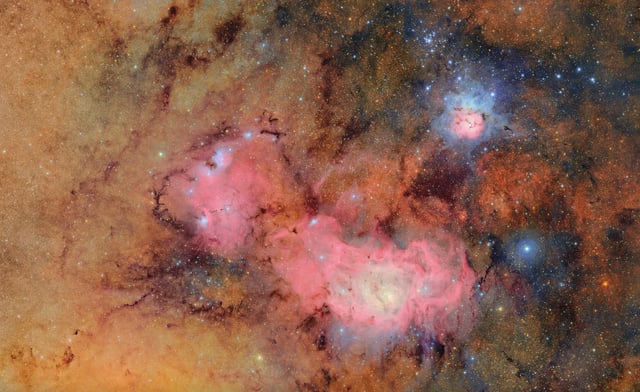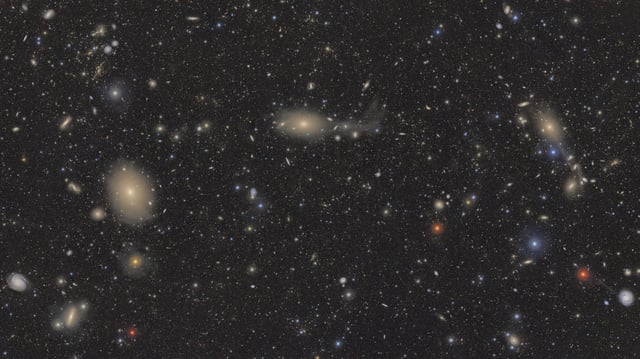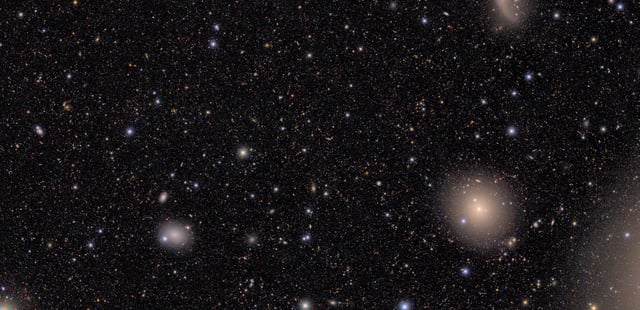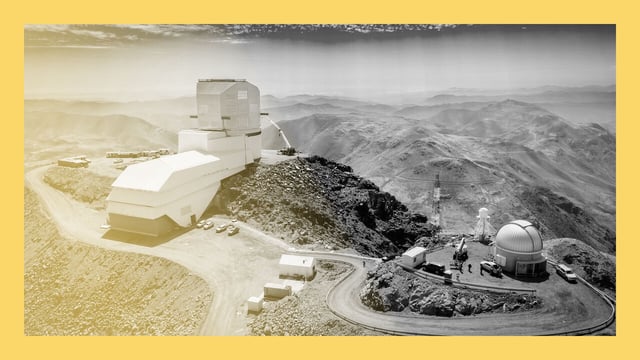Overview
- On June 23, the observatory revealed its first public images capturing nearly 10 million galaxies across a field 45 times the size of the full Moon
- The initial data exposed over 2,000 previously unknown asteroids and detailed structures in the Virgo cluster about 54 million light years away
- Its 3,200-megapixel camera will sweep the entire southern sky every three nights, generating roughly 20 terabytes of data each night
- Captured imagery is streamed to SLAC National Accelerator Laboratory for immediate processing, with observed changes released within two minutes
- Over its decade-long Legacy Survey of Space and Time, the observatory aims to map some 20 billion galaxies to probe dark matter, dark energy and transient cosmic events



